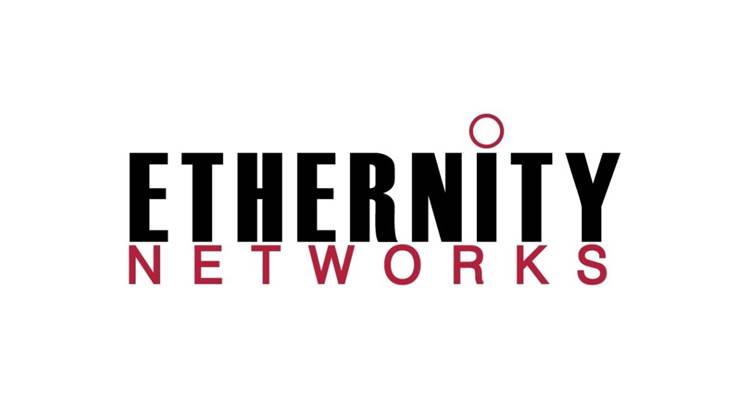Ethernity Networks recently announced its forthcoming disaggregated UEP2025 Cell Site Router (CSR).
The UEP2025 features clock sync, security, Power Over Ethernet, and the company’s patented link bonding over a combination of wired or wireless links to any vendor’s radio units. It will serve as an ideal disaggregated, all-in-one, wireless backhaul Indoor Unit and cell site router.
UEP2025 is an upgrade on the existing and currently available Universal Edge Platform that represents Ethernity’s line of programmable network appliances targeted for network edge infrastructure solutions. It supports multiple ports of 10/25 GbE and is equipped with a single FPGA SoC implementing both the CSR data plane and the link bonding.
Ethernity’s link bonding solution differentiates itself from traditional L1 bonding in that it enables an open, unlimited connection that does not depend upon a vendor-specific radio unit. The result is a non-blocking, disaggregated appliance that overcomes vendor lock-in at the network edge in line with the specifications of the Telecom Infra Project (TIP) Open Optical Packet Transport group’s Disaggregated Cell Site Gateway (DCSG).
The UEP2025’s programmability makes it futureproof and capable of incorporating any future feature requirements, as well as adaptable to include current add-ons such as GPS on-board, fronthaul interfaces, MACSec, IPSec, or any of the many other features from Ethernity’s rich FPGA firmware IP. Moreover, the same FPGA firmware can also be integrated into the company’s ACE-NIC product line of SmartNICs to support cloud-native environments.
Ethernity CEO David Levi
The UEP2025 will be available for testing in July, with volume shipments in Q4. Pre-ordering is currently available to secure delivery. UEP2025 is the ultimate tool in enabling a truly disaggregated Radio Access Network. While other vendors have L1 bonding features, they lock the service providers into using their proprietary radio. Ethernity offers service providers more flexibility and choice in which wired or wireless radios they use in planning their network infrastructure.






















